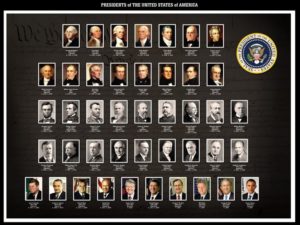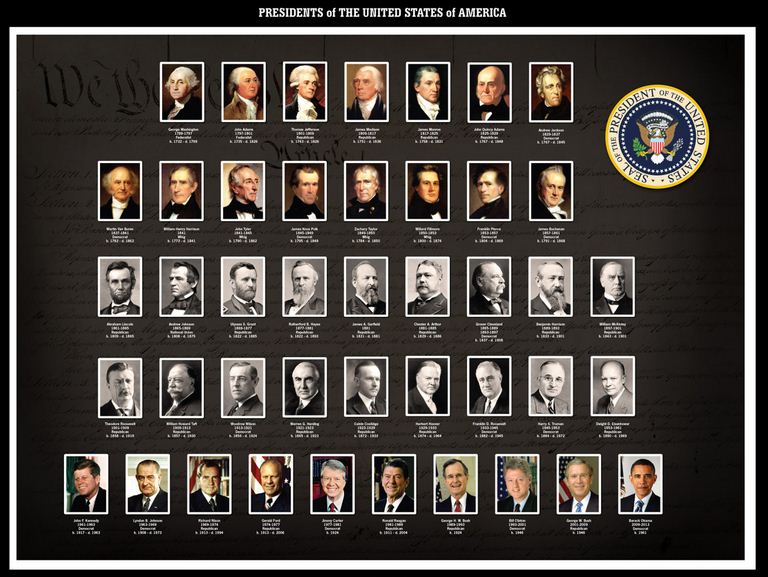
Because the daily news is filled with information about what the President says, does, and thinks, now would be a good time to inject a little presidential history.
Did you know there were 16 presidents before George Washington?
George Washington is recognized by historians as the First President of the United States because he began serving when the current United States Constitution went into effect in 1789. But from the signing of the Declaration of Independence in 1776 to 1789, there were 14 men who ran the country through the first government, The Continental Congress, which started in 1774.
Peyton Randolph of Virginia, was elected on September 5, 1774 to preside as President over the First Continental Congress, followed by Arthur Henry Middleton of South Carolina from October 22, 1774 to October 26, 1774. When the Second Continental Congress convened on May 10, 1775, Peyton Randolph again served as President, followed by John Hancock from May 24, 1775 to October 31, 1777.
Fifth on the List was Henry Laurens of South Carolina from November 1, 1777 to December 9, 1778, followed by John Jay of New York from December 10, 1778 to September 28, 1779.
Samuel Huntington of Connecticut became the seventh President from September 28, 1779 to July 10, 1781, followed by Thomas McKean of Pennsylvania from July 10, 1781 to November 4, 1781.
With the Articles of Confederation in place, on November 5, 1781, John Hanson of Maryland was elected, becoming the first President of Congress to serve a one-year term as specified, followed by Elias Boudinot of New Jersey, who was the Tenth President of the Continental Congress from November 4. 1782 to November 2, 1783.
Thomas Mifflin of Pennsylvania served from November 3, 1783 to June 3, 1784, followed by Richard Henry Lee of Virginia as the President of the Confederation Congress from November 30, 1784 to November 4, 1785.
John Hancock was again elected November 30, 1785. Claiming poor health, he left two delegates, David Ramsey and Nathaniel Gorham, to perform his duties as ‘chairmen”. After Hancock resigned the office in June 1786, Gorham was elected as the Fourteenth, resigning himself in November 1786.
It took until February 1787 for enough delegates to be present in Congress to elect a new president, and General Arthur St. Clair was chosen. During his presidency, Congress passed the Northwest Ordinance and designated St. Clair the governor of the Northwest Territory.
St. Clair’s successor, the Sixteenth and final President of Congress, Cyrus Griffin of Virginia, was named on January 22, 1788 and resigned on November 2, 1788, after which, the position was abolished.
All of these men ran the country prior to George Washington taking office. Why don’t we hear about them? Quite simply – The Articles of Confederation did not work well. The individual states had too much power and nothing could be agreed upon. A new doctrine needed to be written and implemented – one we all know as the Constitution.
ABOUT THE AUTHOR
Angela Small
Student Author - Fall 2017
I am currently a student of Digital Multimedia, and one of the many “Senior” students here at Gulf Coast State College. After living a full life, which included raising 5 children (and 7 grandchildren, to date), I finally had time and opportunity to do something that was just for me. I am an aspiring web designer that is deciding on the direction my career will take., while enjoying all of the different studies within the field. I have a million hobbies, which include writing, collecting dolls, crocheting, and crafting. I enjoy DIY projects with family and friends. Anything that involves creativity, I probably like.




